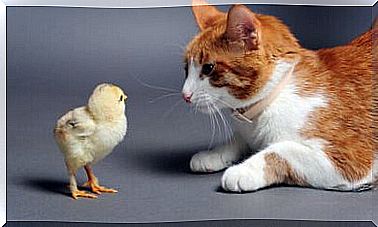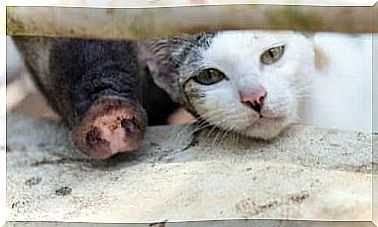6 Types Of Bees
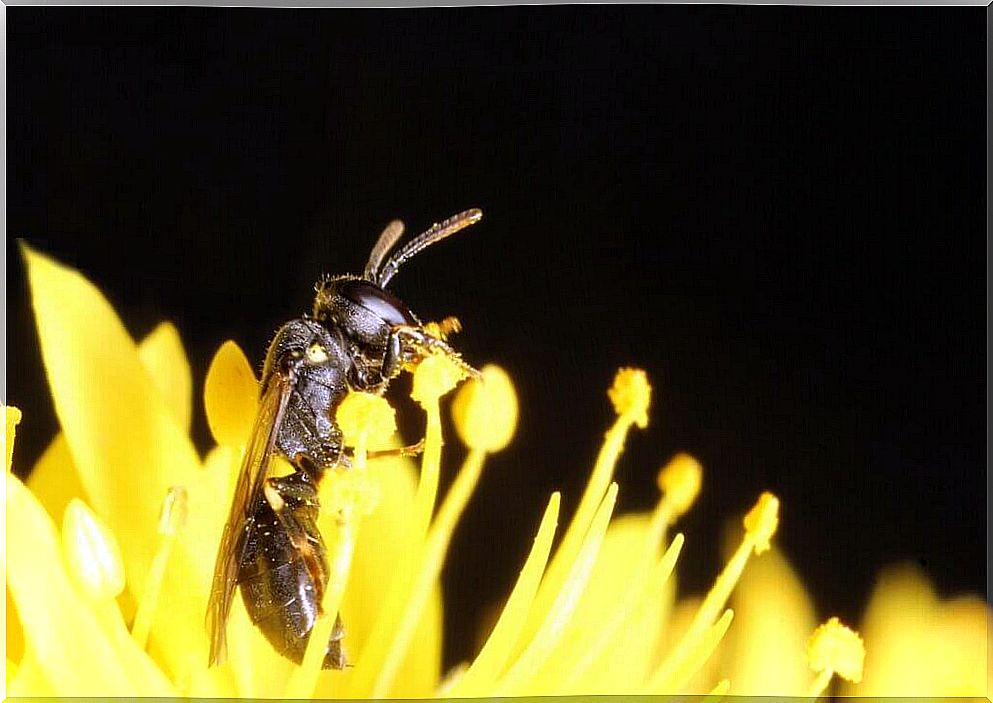
Bees are invaluable organisms, due to their role in the pollination process. Thanks to their work, thousands of plant species can reproduce and survive and therefore continue to generate the oxygen that humans and other animal species breathe. Due to their evolutionary success, there are many types of bees.
Although you might think that there is only one species within this group of winged hymenoptera, the reality is that there are several types of bees, with different characteristics and behaviors. These species are included in the families and subfamilies that we will show in the following lines.
1. Apidae Family
This family is composed of 3 subfamilies, presented below:
- Nomadinae: consists of parasitic bees or cuckoos, better known as kleptoparasites, as they lay their eggs in the nests of other bees, predominantly in the Andrenidae family .
- Xylocopinae: are the familiar carpenter bees, which are characterized by being black, having robust bodies and fur in certain parts.
- Apinae: This group includes bees such as European bees, carpenters, stingless bees and orchid bees, among others. Most species are solitary and build simple nests underground.
A characteristic of this type of bee is that they prefer to build their combs on the ground or, in some cases, on trees. They cover the inside of the combs with a secretion from the Dufour gland, located in the abdomen.
This secretion becomes transparent and impermeable to contact with oxygen and, therefore, is used as protection against possible predators. On the other hand, the bees of the Apidae family are solitary individuals and inhabit the entire southern hemisphere, including Australia.
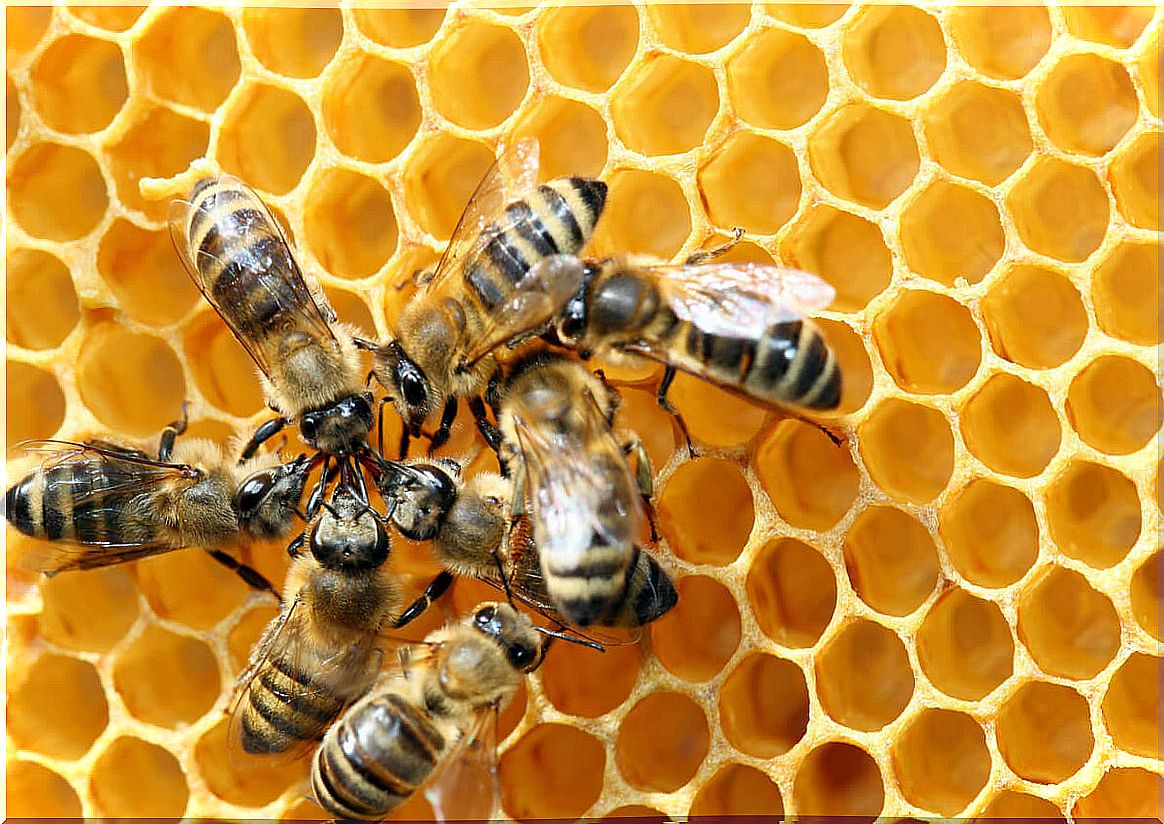
2. Megachilidae family
This family is made up of 2 different subfamilies. These are as follows:
- Megachilinae: They are commonly known as potter bees, as they use various materials to build their cells, such as clay or leaves. Some collect hair from plants, animal hair and plant fibers, which is why they are called bristle bees.
- Fideliinae: an ancient group formed by desert species from Africa and South America.
These are some of the various types of bees included in this family and, in general, are characterized by parasitizing colonies. In addition, some tribes have two queens who share the same comb, although each one takes care of everything necessary to condition its cell.
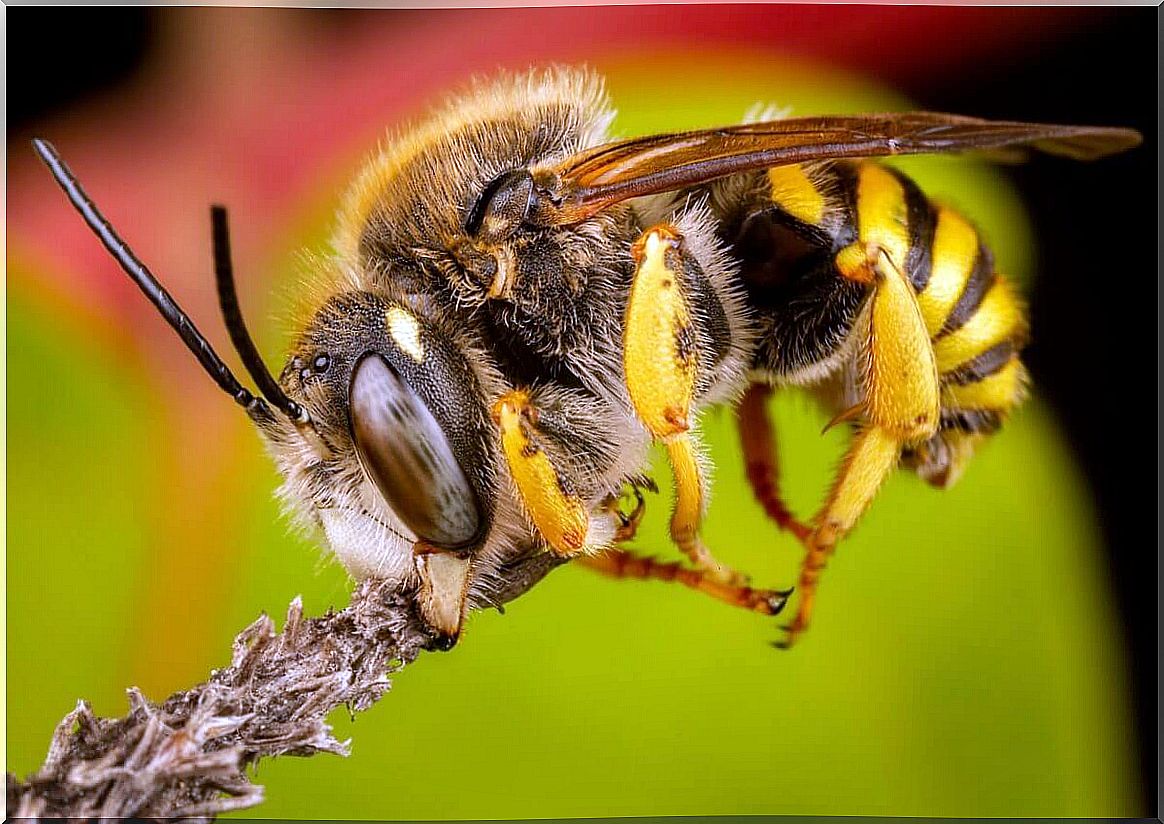
3. Andrenidae family
This family consists of 4 subfamilies presented below:
- Panurginae: This taxon contains nearly 1400 species in 35 genera and 7 tribes. Bees included in this group are absent in Australia and tropical Asia, so they can be said to prefer arid habitats.
- Oxaeinae: This group is found exclusively in the United States. They are large, fast-flying bees and usually have prominent eyes.
- Andreninae: it is an almost cosmopolitan grouping, predominantly holartic. The most numerous genus within this subfamily is Andrenacon, with 1500 species. The remaining 5 genera contain only a dozen species. Females have facial foveas, slightly hairy depressions on the face, between the eyes and antennae.
- Allocandreninae.
This family is characterized by building their combs after drilling holes in the ground. On the other hand, these bees feed on the nectar of specific flowers and physically stand out thanks to two sub-antennas, which surround the main antennas. They are present all over the world, except in Australia, unlike the Apidae family .
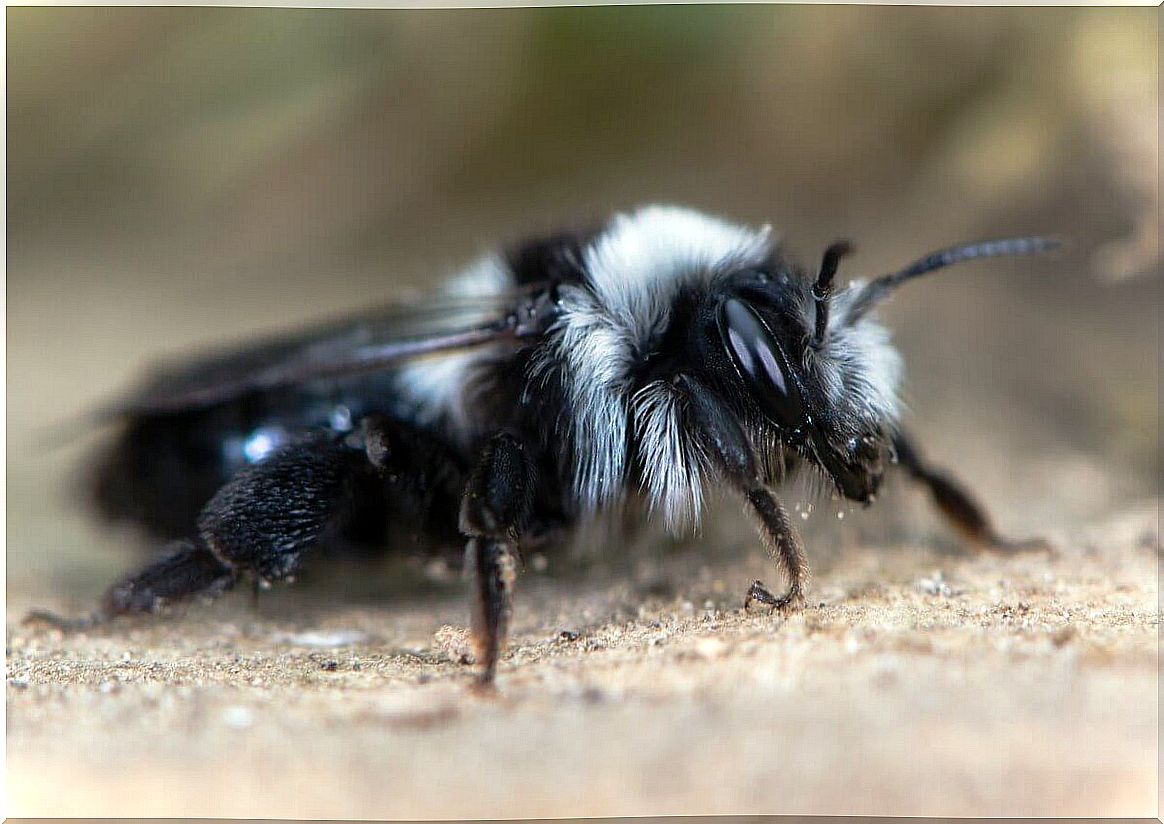
4. Halicitidae family
This type of bee is composed of 3 subfamilies, divided as follows:
- Nomiinae: there are approximately 11 genera and at least 550 species described in this group.
- Halictinae: the bees of this taxon have a wide range of behaviors, ranging from solitary to eusocial – the highest level of social organization. It also includes some kleptoparasitic tribes, which prey on prey or food captured by another animal.
- Nomioidinae: according to studies, it can be said that there are about 13 genera and more than 260 species in this subfamily.
This type of bee is somewhat diverse in that they can be solitary or parasocial, including single-generation bees. Others are eusocial at a primitive level, that is, the size difference between the queen and the worker is not noticeable and there is a division of labor.
Physically, it is observed that her body has different colors between yellow, black, blue and green. These bees usually nest in the ground and in trees and a very particular characteristic distinguishes them, as they lick the perspiration during the summer, which is why they are called “sweat bees”.
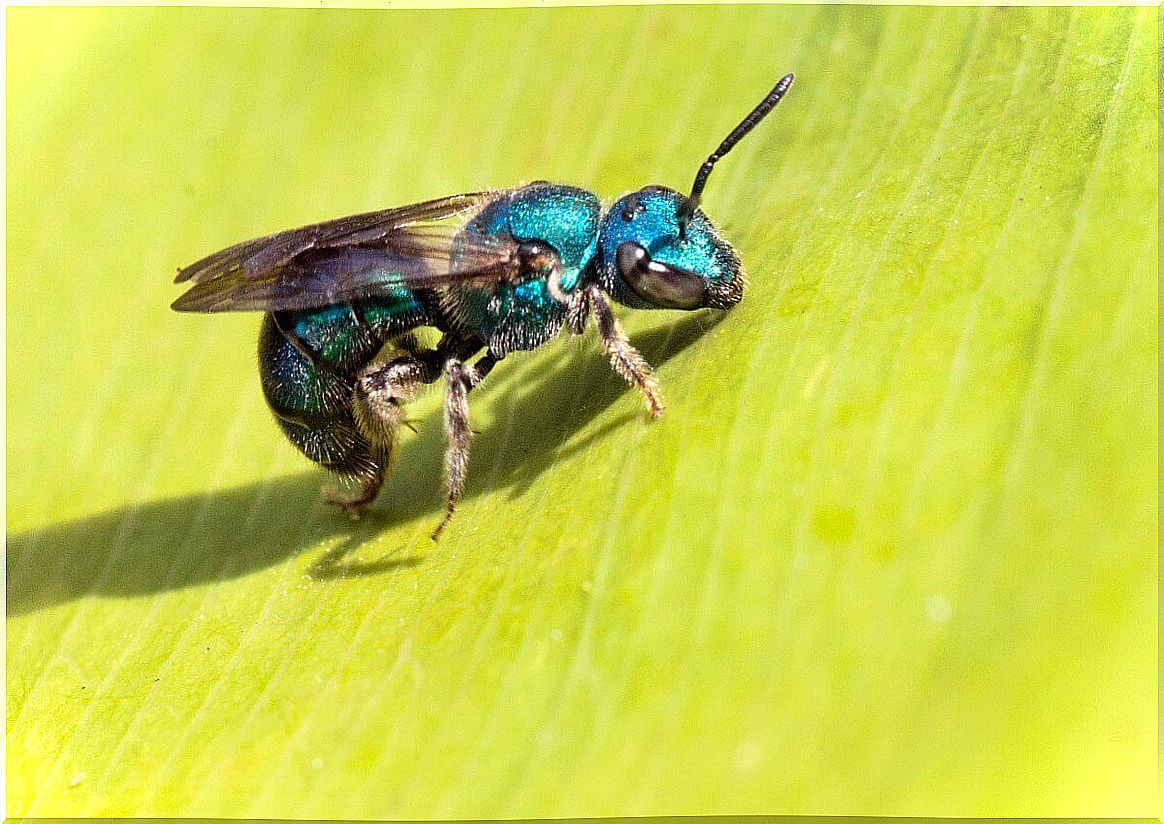
5. Family Stenotritidae
This is the smallest family among the types of bees. It brings together only two genera, which have 21 species, all confined to Australia. Previously, these Hymenoptera were considered to belong to the family Colletidae , but now they are a separate family.
They are characterized by covering the comb cells with an impermeable secretion. Physically, these species have a robust body with villi and are distinguished by a much faster flight than other types of bees. The genera of Stenoridae are Ctenocolletes and Stenotritus.
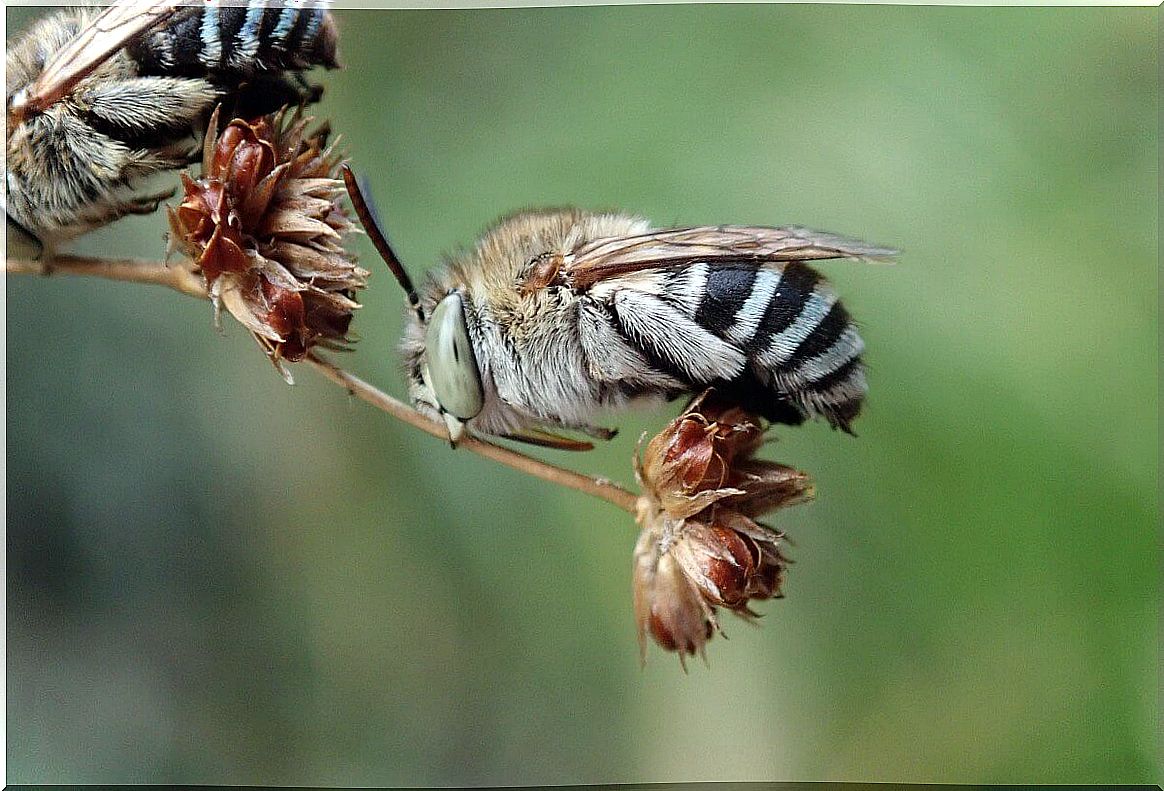
6. Family Colletidae and Melittidae
In addition to the 5 types of bees already described, there are two more families, comprising five and three subfamilies respectively. The Melittidae family has 180 species divided into 3 genera, with presence in Africa, Europe and Asia. Its members are characterized by collecting only pollen from a specific number of plant species.
On the other hand, the Colletidae family has more than 2000 species, divided into 54 genera with presence throughout the southern hemisphere, including Australia. Like the Apidae family , these hymenoptera secrete an impermeable substance to protect their hives.
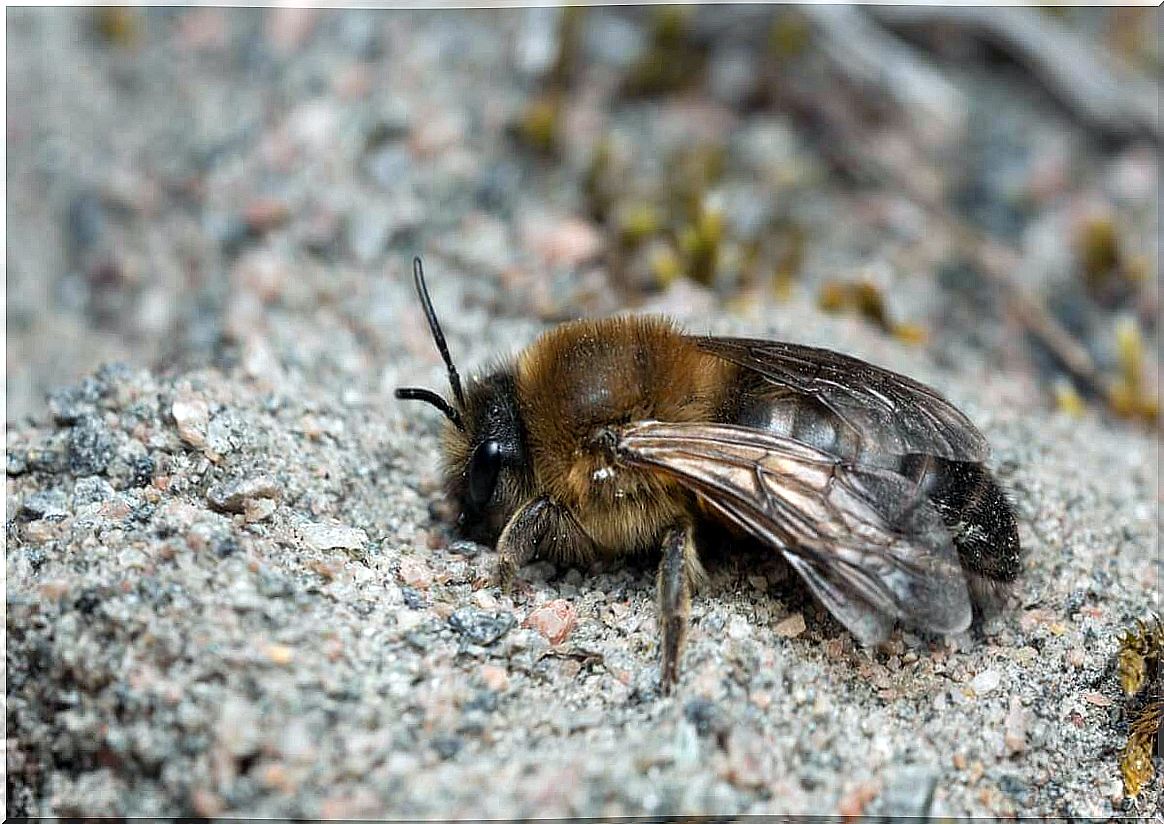
As you can see, there are several types of bees in the world, with unique characteristics and behaviors. Each of them plays a fundamental role in their ecosystems and, therefore, must be protected at all costs, because thanks to them we can breathe the oxygen that flowers and plants emit.


